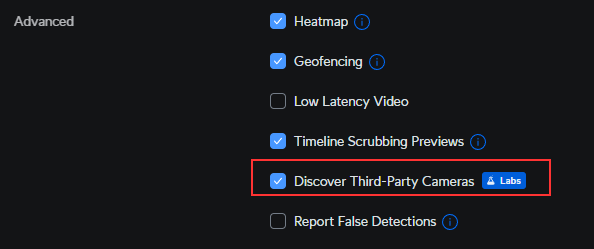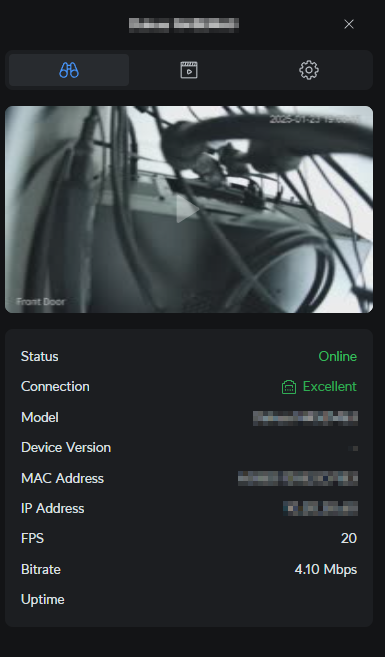UniFi Protect 5.0: Game-Changer with ONVIF Support
In 2020, I switched to UniFi Protect, leaving behind non-UniFi cameras but gaining a reliable system. With Protect 5.0, ONVIF support is an exciting update, allowing integration of third-party cameras. It’s a welcome addition that gives old devices new life and expands possibilities.

What is ONVIF?
First, let’s start with the basics: ONVIF (Open Network Video Interface Forum) is an organization that creates open standards for IP-based security devices, allowing different manufacturers' devices to communicate. With this update, UniFi Protect can now work with non-UniFi cameras.
What You Need
To use this feature, you’ll need:
- UniFi Protect version 5.0 (released in September 2024).
- An IP camera that supports ONVIF.
Getting Started
Enabling ONVIF on your cameras can be as simple as checking a box, but you’ll need to refer to the manufacturer’s manual or online documentation for specific instructions. I had to update the firmware for some of my cameras to enable ONVIF.
Steps:
- Set the Camera Time
- Ensure the camera’s time is set correctly to prevent authentication failures.
- Enable "Discover Third-Party Cameras" in UniFi Protect
- Navigate to Settings > System > Advanced.
- Toggle on Discover Third-Party Cameras.
- Adopt the Camera
- Go to UniFi Devices.
- Your camera will appear in the list with the status Click to Adopt.
- Click Click to Adopt.
- Enter the camera’s username and password.



Enable Discovery Third-Party Cameras Images
And that’s it! Your camera is now connected. And yes that is the back of my computer.
Limitations
While this update lets you view and record from third-party cameras, it doesn’t support all the features you’re used to with UniFi Protect cameras. Key limitations include:
- No motion detection.
- No advanced features like human, car, or animal detection (available on G4 cameras and later).
- No UniFi Protect overlay on recordings; you’ll need to configure overlays directly on the camera.
My Thoughts
Personally, I’m thrilled Ubiquiti released this feature. By the time it became available, I had already replaced all my cameras, but I still have four cameras from my old deployment. This update gives these devices new life. I’ve had several connected to my Protect system for months without any issues.
Conclusion
I always appreciate it when companies open their ecosystems. If this option had existed in early 2020, I could have kept my existing cameras and replaced them gradually. This change lowers the barrier for others to switch to Protect without the upfront cost of replacing all their cameras. It’s a step in the right direction.
